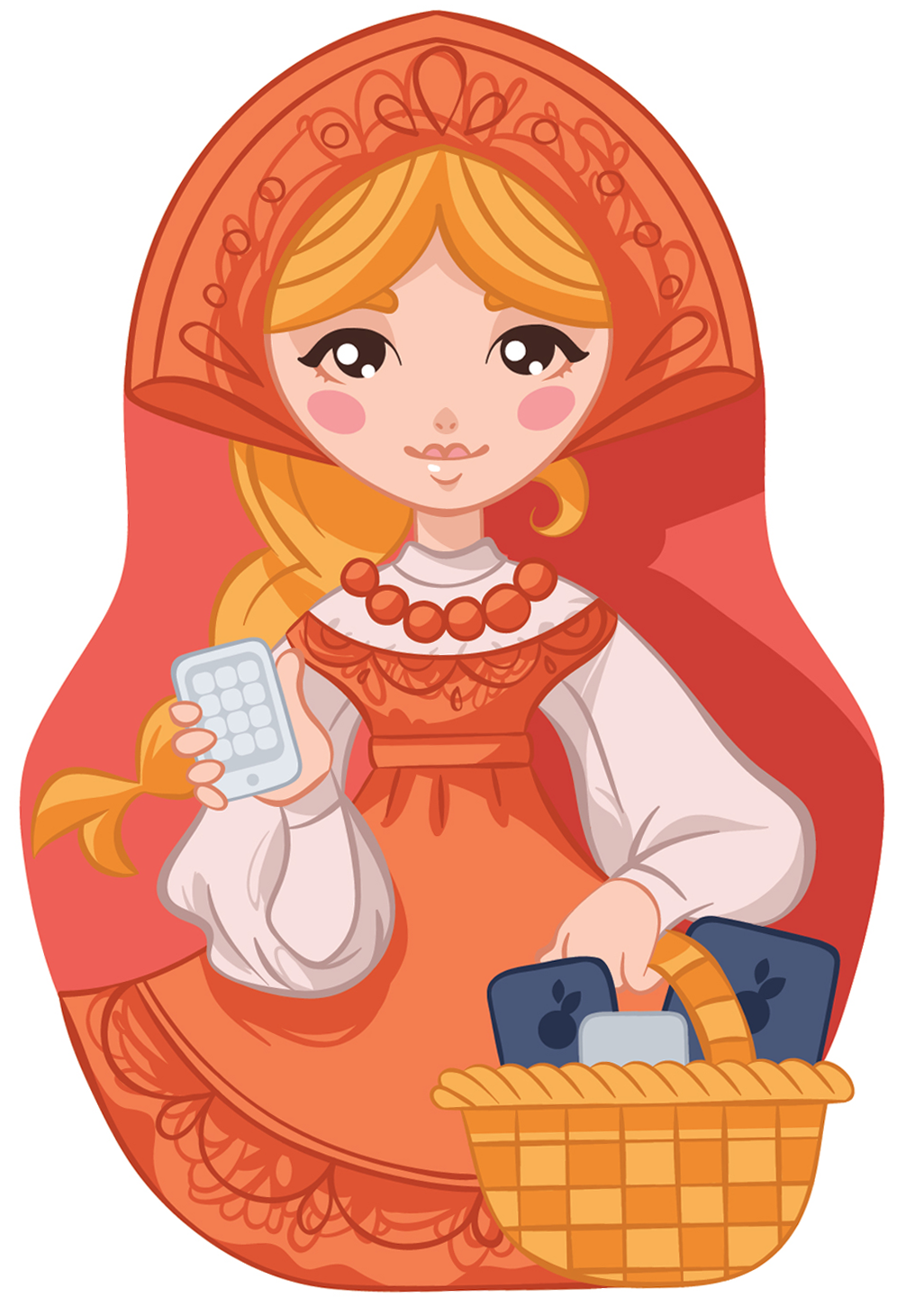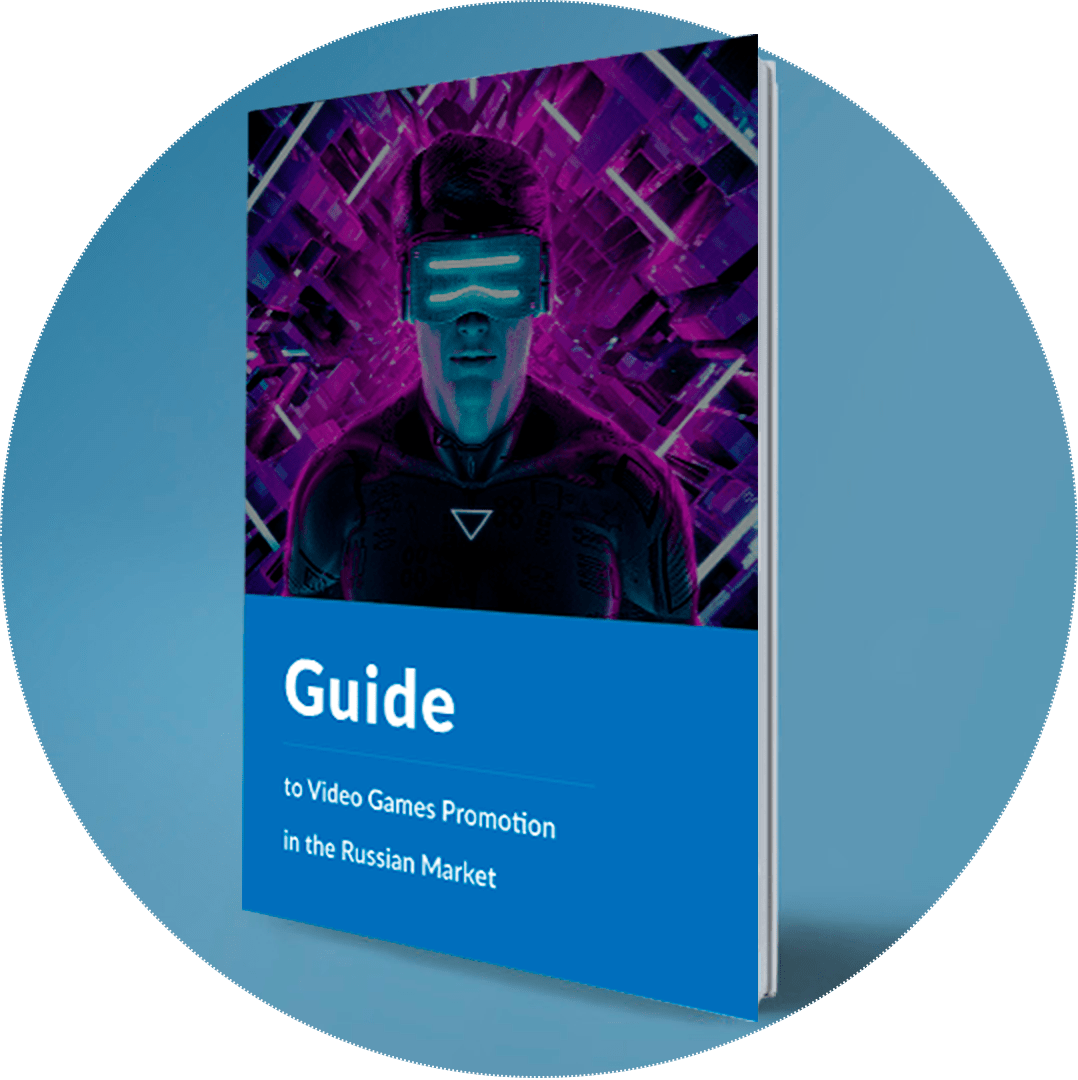Blog about successful marketing strategies in russia
Gamification in Marketing: How Games Help Heighten Interest in Brands


DIGITAL MARKETING
Share this Post
Gamification is a relatively new format of interaction with the audience to increase engagement, sales, loyalty and to develop new habits. It is a use of game approaches for non-game processes (in our case, for business).
Why Brands Need Gamification
The global goal of gamification is competition for attention. Interesting game mechanics will help to stand out from the crowd, to attract the audience that could not be attracted by other means. Games from brands have become particularly popular over the past couple of years as Generation Z have come up to the status of buyers, and young people who have lived amid games of all kinds since their childhood are easier to get involved into communication via very gamification.
Goals of Gamification
- Enhancing brand reputation;
- Increasing audience retention;
- Creating virality;
- Activating the audience;
- Interaction with the product.
Gamification Around Us
If we look through a broader lens, gamification has become part of our everyday life long ago, but sometimes we do not think of it. Let's give some examples.
Nike has released an app for running, Nike Run Club. Based on their successes, users get rewards, note their achievements, and are able to compare their figures with others. They can set goals and challenges for themselves. And this is gamification, too. Nike motivates people to run and, of course, increases loyalty to its brand through a wish to meet some targets or to become better than others. And there is a strong possibility that a user will want to buy Nike running shoes next time. In doing so, the app solves a key business problem through the game: to engage clients and to hold them in communication with the brand.
An even simpler example is photos of the best performers that are put in a conspicuous place in an office or a shop. As good a game as any—if you work well, you will beat your colleagues and will be given attention. Such an approach to gamification solves the problem of non-financial incentives for employees.
Besides, brands often make up 'games' to teach new employees or for a proficiency check when hiring (Marriott, a hotel chain, made an interesting quest for its candidates).
At the end of the day, we are sure that every person has freely entered a game of a brand under a mask of a loyalty program. We earn points in a supermarket, at a gas station, in a clothing store to exchange them for discounts or gifts later.
These examples are an answer to a question why game mechanics has become an integral part of marketing (and not only).
It's because it works.
If you have not incorporated gamification into your marketing strategy yet, we propose to begin with the simplest game mechanics, for the launch of which you do not need to allocate a massive budget or a pool of programmers.
Simple Games That Any Brand Can Start
Simple games can be presented, for instance, in mailout. You only need good ideas and a smart designer for them. Let's list examples of mechanics.
- Count items. A user clicks on an answer, every button links to the brand's website.
- Spot the difference. A follower looks for differences and links to the brand's website in order to learn the answer.
- Find a way through a labyrinth. A user goes through a labyrinth and comes to a certain offer from the brand.
- Crossword. Find or guess some words. The answer is on the brand's website.
What is the point of such game mechanics in terms of mailout? Emails with games show much higher performance than other designs.
CTR in game emails is twice as high and even more. Followers are more motivated to go to the company's website.
Points to Consider When Creating a Simple Game
A mini-game will be effective if:
- Tasks are easy. Don't give 50 differences to spot or ask too complicated questions. A person will not spend five or ten minutes on the game. Solving a task must take no more than two minutes.
- There are clickable elements in the game. It is easier to evaluate user involvement that way.
- You have thought over a user path in advance. Where will it link to? The brand's website, a special landing page, or a particular product?
Complex Mechanics That Require a Landing Page and Development
To create a full-scale marketing game, you will need time, funds, and a good team of designers, developers, and desktop publishers.
Jigsaw puzzle. A user sees a picture consisting of 9-12 disassembled pieces. They need to assemble it in a definite time and to learn what is in the picture. If they did well, they get a promo code or a gift from the company.
Quiz or test. Question-answer and a test result at the end. 5–10 questions are enough, and the result usually leads to various products of the brand. You can give a discount on some products at the end.
Hidden objects. A user sees a location—it can be any space associated with the brand (house, drugstore, shop). There are some objects hidden in the room that a player must find in the allotted time. If they succeed, we give them a promo code, a discount, or a gift.
Wheel. A player is supposed to spin a wheel (thrice as maximum). They draw either a nice prophecy or wish or a time-limited discount coupon.
Arcade games. A player moves across a playing area, gathers items, and dodges obstacles. They have several lives (usually three) that are lost after clashing with the obstacles. When lives are over, the game is over, too. As the player progresses through the game, they gain points that can later be exchanged for a prize or a discount.
Points to Consider when Launching Complex Game Mechanics
In order not to lose funds and to make a really cool and effective game, you need to consider several aspects.
1. Think over goals and objectives of the game. What do you want to receive after the gamification campaign is over? To capture leads, to boost sales, to attract attention to your brand, to announce new products? Sometimes all these tasks can be solved with the help of one mechanic, but not always. It is extremely important to choose a game format that would meet goals and objectives of the brand.
2. Set KPI and how you will be estimating them at the reporting stage. For example, getting at least 5,000 contacts or attracting 20,000 new users to the website.
3. Visualize a user journey map. Clearly state game mechanics and how users will make it to a landing page with the game (announcements on social media, pop-ups, mailout, banners).
4. Get rid of bots: DOI, captcha, complicated mechanics.
5. Solve all technical issues—where the information will be stored, what will be created, what the registration and gift give-out system will be like.
6. Set up goals in Google Analytics: how many users entered the landing with the game, how many of them clicked the 'Play' button, how many clicked on a button or element required (depending on the mechanics), how many made it to the page with subscription information, how many registered their details and clicked the button.
7. Do not forget about the preloader—this is an indicator of paging in that shows users that the game will start soon here. If there is no preloader, some players will think that the website is lagging or has just got stuck and will leave the landing page.
How to Motivate Users
The main gamification engine and motivator are prizes. Movement towards the prize is what creates a competitive spirit.
To make as many users as possible play through the game, it is recommended to use valuable prizes for the target audience.
Apart from that, there are mechanics that allow stimulation of users and building reach of the audience:
- Limited turns (for example, 3 turns a day). Limited turns encourage entering the game every day to earn the maximum number of points within a period.
- Leaders rating. The rating board encourages entering the game regularly over the period of the campaign, comparing rating positions, and earning more in-game points.
- Virality. 'Member-get-member' is also built into one of tasks to complete a level.
- Cyclicity. For instance, first prize drawing among the players is conducted during a week. There is also a consolation prize for all active players. Those who did not win will continue playing next week.
How a Marketer Can Evaluate Efficiency of Game Mechanics
In order to analyze the game result in terms of marketing, one need to understand:
- how many visitors eventually played the game;
- how many of them played through the game;
- how many of them did a desired action on the website (for example, joined the mailing list).
Next, we need to think what we can do with the leads generated, how to 'warm them up' and how to involve them in further communication. In a while, you can make a conclusion whether the gamification has been justified. If the game was tooled for boosting sales, you need to analyze how the sales increased in comparison with the previous month (do not forget about the seasonality index as it can also affect the numbers). If the game served as a lead generator, look how many new contacts you managed to attract. If our goal is brand reinforcement and traffic acquisition, look at the number of website visitors.
Gamification is a great way to attract more attention to the brand and to push up sales thereby. Test different mechanics, invent exciting things, engage users, and boost audience loyalty and sales.
Source: cossa.ru
Join 2,000+
of your Peers!
You will be the first to know about Russian marketing insights, news and updates from our agency. Stay tuned!
Get our latest articles delivered to your email inbox and get our exclusive White Paper
"Digital Marketing in Russia. Finding your customers on the internet"
for FREE!
Video Games Promotion in the Russian Market
How to market games to Russian-speaking gaming community

Ready to partner with the specialists in Russian marketing and advertising?
About the Author
Head of Digital, editor-in-chief of the RMAA Agency Blog
Join 2,000+ of your Peers!
Get our latest articles delivered to your email inbox and get our exclusive White Paper "Digital Marketing in Russia. Finding your customers on the internet" for FREE!
You will be the first to know about Russian marketing insights,
news and updates from our agency.
Stay tuned!
We're updating our website's design step by step, so some pages may look different. Thank you for your understanding.
Got it














